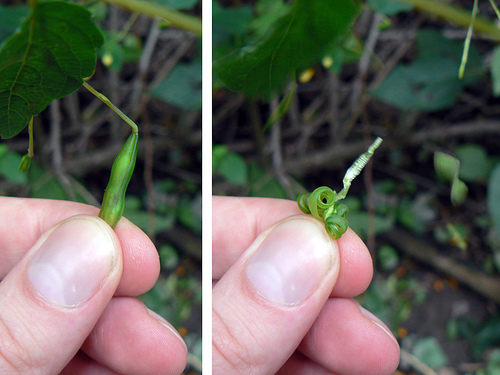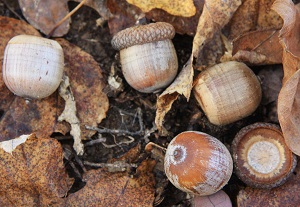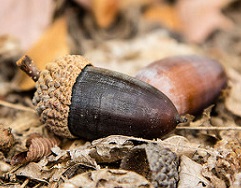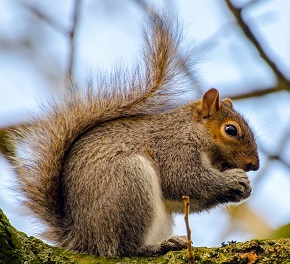They Can Fly, Float, or Hitchhike. Seeds Have Fancy Ways to Go Places.
Most parents want their children to stay nearby, but plants want their seeds to travel. Seeds that land under a parent plant may be too shaded to grow or will have to compete with the parent plant for water and nutrients. Since plants lack locomotion, they may use wind, water, or animals to disperse their seeds far and wide.
Even with all these methods, native plants sometimes need a helping hand. Land managers enhance the plant communities in the Classroom by collecting seeds from areas of abundance and dispersing them in areas where native plant populations need a boost. When invasive species are removed from an area, they may easily rebound from existing seeds in the soil. Spreading native seeds can be an effective way to introduce competition and keep invasive species at bay.
Explosions and Couriers

Jewelweed, or touch-me-not, is a fascinating plant found in the Classroom that uses a ballistic mechanism to launch its seeds. Its seedpods explode when touched, allowing seeds to travel far from the parent plant. This plant has orange flowers with five petals that are fused together to form a hood, and is found in moist woodland soils.
Other plants use animals to spread their seeds. One example is the symbiotic relationship between squirrels and oak trees. Most people know that squirrels bury acorns for winter and often forget where they bury them, resulting in the forgotten acorns growing into oak trees. But few people know that squirrels usually eat white oak acorns immediately, but store red oak acorns for later.



Why do squirrels eat white oak acorns in the fall and store red oak acorns for the spring? White oak acorns germinate soon after they fall from the tree – so squirrels better use them or lose them. White oak acorns are also lower in bitter tannins, which makes them tastier. Red oak acorns fall in the autumn but don’t germinate until the following spring – they can be more effectively stored. Though they have more bitter tannins, they are concentrated at the bottom of the acorn, making the top more palatable. When squirrels eat red oak acorns, they often eat the tops and discard the bottoms. This is beneficial for the oak tree, since the acorn’s embryo is located in this bitter area of the acorn. After squirrels discard the bottom of the acorn, the acorn still has a chance to germinate. Research suggests that red oak acorns are more effectively dispersed by squirrels than white oak acorns.
History Highlight:
Henry David Thoreau, author of natural history and environmental literature, wrote in his journals, “Touch-me-not vessels, as all know, go off like pistols on the slightest touch, and so suddenly and energetically that they always startle you, though you are expecting it. They shoot their seed like shot. They even explode in my hat as I am bringing them home.”
